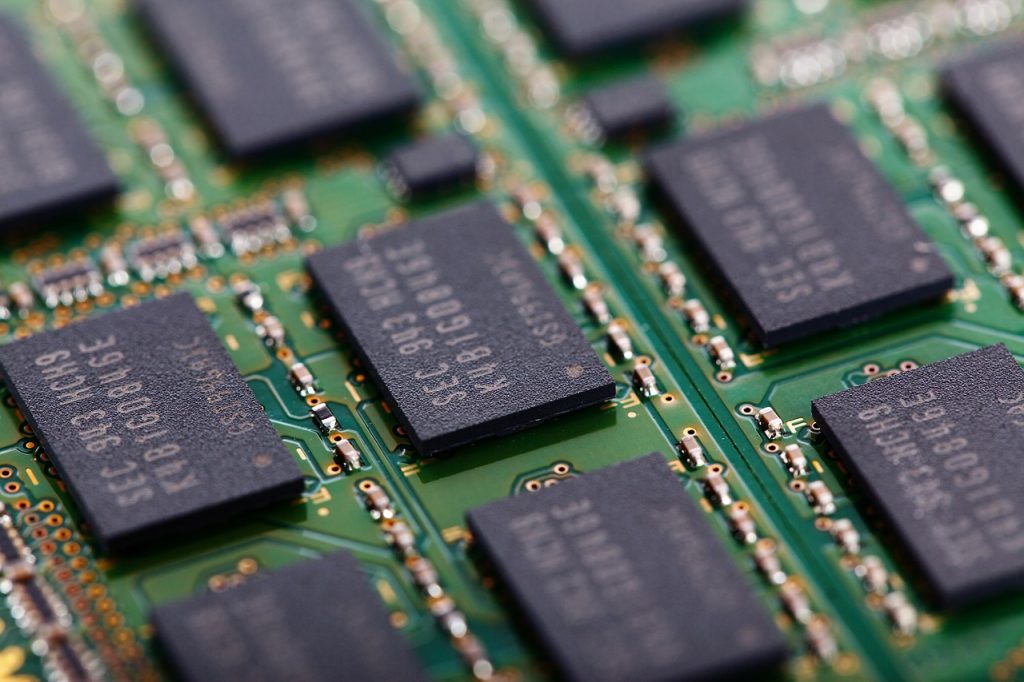How The US Reclaimed Its Supercomputing Crown
After nearly a decade of coming in second fiddle, the United States has usurped the crown for world's fastest supercomputer.
This article is more than 2 years old

Discussing supercomputers sounds like something that would happen on a 1980s sci-fi show. But supercomputing and composing the most extensive, speediest technological device is still a modern-day focus for advanced countries worldwide. China had the quickest computers to date for a long time, but the United States has just regained the top spot.
In Tennessee lies the fastest supercomputer amongst them all. This enormous machine is located in the Oak Ridge National Laboratory and is used to compute billions of calculations per second. Scientists utilize these tests to rank supercomputers by how fast they can calculate equations and generate solutions. Three years ago, the United States pledged $1.8 billion through the Department of Energy to construct a top-tier, efficient supercomputer to beat out its competitors, and that reality has finally come true.
Scientists rank supercomputers by their “exascale” performance, or how fast a supercomputer can calculate (at least 10¹⁸ floating-point operations per second). The first computer to ever reach this milestone was the Fugaku, constructed in the Riken Center for Computational Science in Kobe, Japan. The Frontier is now one of a few supercomputers that have surpassed that limit.
Even though Frontier has been chosen as the reigning supercomputer, some contention still exists. Certain experts believe that two different Chinese computers have beaten the United States’ computer. This is mostly speculation since those computers haven’t had an administered test to determine their speediness. Some might be confused about why China has held off on testing its supercomputers. But many believe that growing tensions between China and United States could be a reason for the former’s testing delay. Regardless, both countries’ supercomputers are remarkable testaments to modern technological advancements.
Gigantic supercomputers were first built to design weapons and crack international codes. Today, these enormous machines are utilized in medical fields like creating immunizations. They’re also known to test vehicle designs and figure out solutions to environmental decline. Even with their impressive skillsets, supercomputers are most known for their unimaginable size and computing speediness.
For many years, the United States dominated the field of supercomputers. Over the past decade, China has picked up the pace, beating out the United States for the better part of the 2010s. China’s Sunway TaihuLight was ranked the number one supercomputer between 2016 and 2018, and the country had more than 170 systems on the supercomputer Top500 list. China’s input was 50 more than the United States, with only 126 machines on the list.

Even with China dominating the Top500 list for the past six years, the United States’s Frontier has finally reached the number-one spot. Constructed by the Hewlett Packard Enterprise, the Frontier supercomputer consists of two chip types Advanced Micro Devices. The system is comprised of 74 cabinets, each one weighing more than 8,000 pounds. Its speediness beat out Japan’s Fugaku by a long shot, with the Frontier operating twice as fast as its predecessor.
Though the Frontier is currently reigning supreme, it was a feat to construct it during an ongoing pandemic. The virus catalyzed many supply chain deficiencies, especially for computer chips. Even with a chip shortage, the United State’s supercomputer was able to be constructed this year and bumped Fugaku from the Top500’s first-place spot.




